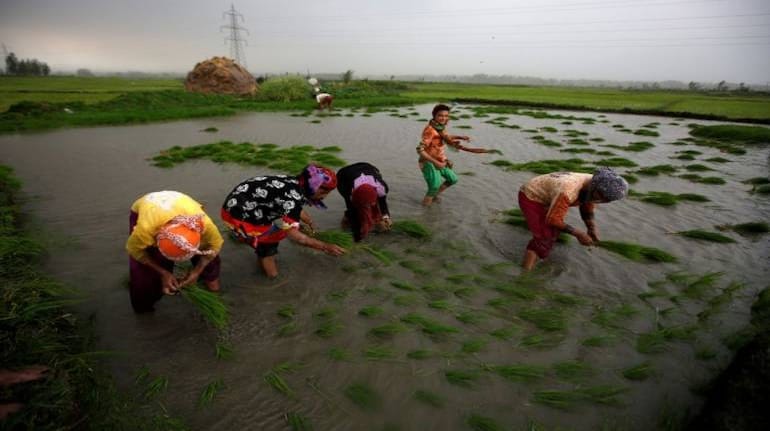



For the first time in India’s recorded statistical history, all the eight GDP segments, except agriculture, have seen major contraction in April-June quarter of 2020. Agriculture, forestry and fishing saw a growth of 3.4 percent in Q1 of 2020, against 3.0 percent growth in the same period a year ago. Mining and quarrying saw a contraction of 23.3 percent in April-June of 2020, against 4.7 percent growth in the same period a year ago.
Manufacturing saw a contraction of 39.3 percent in April-June of 2020, against a growth of 3 percent in the same period a year ago. Electricity, gas, water supply and other utility services saw a contraction of 7 percent in April-June of 2020, against a growth of 8 percent in the same period a year ago.
Construction saw a contraction of 50.3 percent in April-June of 2020, against a growth of 5.2 percent in the same period a year ago. Trade, hotels, transport, communication and services related to broadcasting saw a contraction of 47 percent in April-June of 2020, against a growth of 3.5 percent in the same period a year ago.
ALSO READ: India GDP Data LIVE Updates
Financial, real estate and professional services saw a contraction of 5.3 percent in April-June of 2020, against a growth of 6 percent in the same period a year ago. Public administration, defence and other services contracted 10.3 percent against a growth of 7.7 percent in the same period a year ago.
India, which imposed one of the strictest lockdowns in the world on March 25, bringing all economic activities to a grinding halt, started unlocking the country in a phased manner since June 1.
Though businesses and economic activities have started picking up since then, India's economy still doesn't seem to be out of the woods, with various agencies expecting India's GDP to contract in the first quarter of FY21.
A healthy economy grows over time and it's indicated in its increasing GDP, or the value of the goods and services it produces. Recession is defined as a period when economic activities contract for two quarters in a row (or six months). Another contraction in the current July-September quarter and India would officially enter recession, which occurs when there is a contraction in business cycle, caused by shrinking economic activity and followed by a consequent decline in spending.
The Indian economy is facing the most unprecedented shock in economic activities due to the Covid-19 pandemic-induced lockdown.
The nationwide lockdown that was announced on March 25 to help stop the spread of Covid-19 had brought all economic activity to a grinding halt. Phased easing that began since May has not been able to show any encouraging signs of recovery.
India's manufacturing PMI contracted at a quicker pace in July than a month before and was one of the worst globally.
Discover the latest Business News, Sensex, and Nifty updates. Obtain Personal Finance insights, tax queries, and expert opinions on Moneycontrol or download the Moneycontrol App to stay updated!
Find the best of Al News in one place, specially curated for you every weekend.
Stay on top of the latest tech trends and biggest startup news.